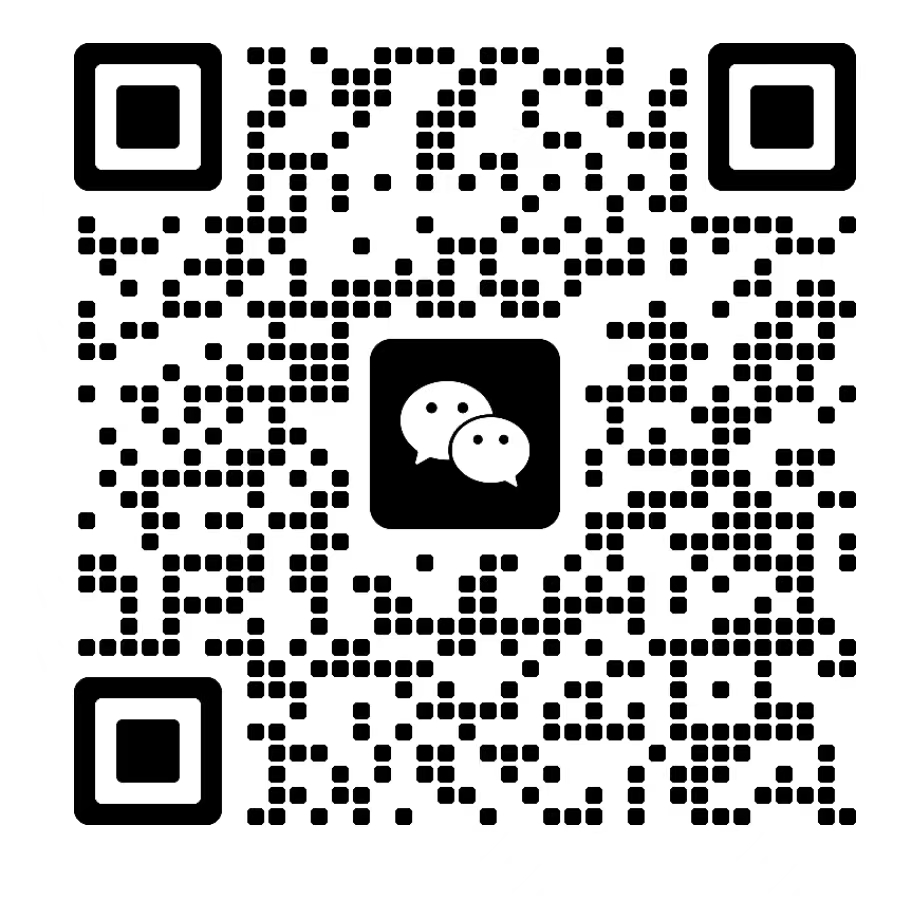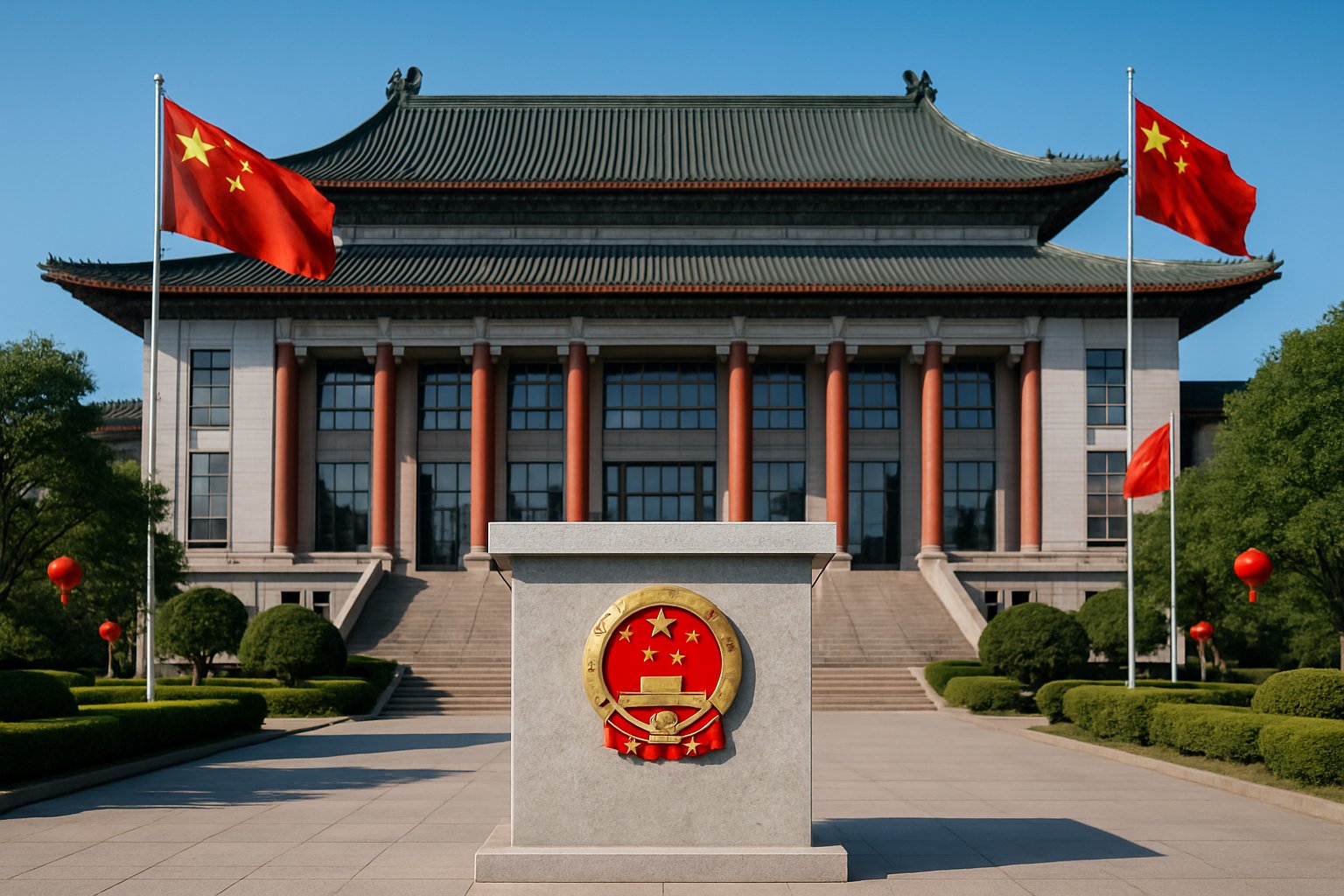Security cameras not made in China are the top choice for anyone concerned about privacy and data safety. Many popular brands still have ties to China, which can raise worries about security risks and government bans.
Luckily, there are excellent alternatives from places like Sweden, the US, and Japan, such as Axis, that avoid Chinese parts and manufacturing. These cameras deliver clear video, motion detection, and easy installation—without the usual risks.
Knowing where your camera comes from helps you make a smarter, safer choice. This guide will show you the best security cameras not made in China and how to spot them.
Why Choose Security Cameras Not Made in China?

You might want to pick cameras made outside China to control how your data’s processed and stored. Concerns often center around possible access by foreign entities and the reliability of device software and hardware.
Privacy, Data Security, and Compliance Needs
Choosing security cameras not made in China means you can worry less about where your video and personal data end up. Cameras built elsewhere usually have clearer privacy policies and fewer reports of unauthorized data sharing.
You’ll get more control over firmware updates and device communications. Some foreign-made devices have hidden code that sends data without you knowing. If you handle sensitive info or need to follow data privacy laws like GDPR or CCPA, this is pretty critical.
Key points to consider include:
- Verified data storage locations
- Transparent software development
- Firmware managed by manufacturers outside high-risk regions
Top Security Camera Brands Not Made in China

Many well-known security camera brands are made outside of China. Some top options are Vivotek, Mobotix, Arlo, Geovision, Pelco, SpotCam, Google Nest, ACTi, Axis Communications, and Hanwha Vision. There are also brands like Avigilon that produce their cameras in North America and Taiwan.
These companies pay attention to privacy, technology, and reliability. You get alternatives with clear origins and strong support.
US, European, Korean, and Japanese Manufacturers
US Brands:
Arlo’s a popular American brand, known for easy setup and features like two-way audio, night vision, and motion detection. Their devices are usually made in the US or nearby, but double-check specific models for details.
European Brands:
Bosch (Germany) and Axis Communications (Sweden) deliver robust cameras with advanced analytics and durable builds. They often target business and industrial use, with strong privacy policies and local data control.
Korean Brands:
Samsung’s security cameras come with smart features and good video quality. South Korea enforces strict data laws, so these cameras work well if you’re aiming for non-Chinese products.
Japanese Brands:
Sony offers high-res cameras with excellent sensor tech. Japanese brands focus on quality and long-lasting hardware, which is great if you care about image clarity and build quality.
Choosing security cameras not made in China is a smart privacy move. Want to understand the laws behind it? Read China Privacy Law: What You Need to Know.
What to Look for in Non-Chinese Security Cameras

When you’re picking a non-Chinese security camera, pay attention to privacy protections and reliable performance. Look at how the camera handles your data, image quality, and whether it fits with your current devices.
Encryption, Firmware Updates, and Cybersecurity
You’ll want a camera that uses strong encryption to keep your video and personal info safe. Look for cameras with end-to-end encryption and secure data transfer. That way, hackers have a much harder time getting at your footage, especially with IP cameras online.
Regular firmware updates matter, too. Updates patch security holes and improve features. Go for brands that push updates often and back their products for years. Stay away from cameras that depend on foreign servers—you don’t want that extra privacy risk.
See if the camera lets you control your data locally. Some models allow you to store video on your own devices instead of the cloud, which adds another layer of protection. Always read the privacy policy before buying, just to be sure how your data’s handled.
Image Quality, Durability, and Integration
High image resolution is a must for catching faces and license plates. Aim for cameras with at least 1080p HD video. Night vision’s important if you want 24/7 security—some cameras even offer color night vision or infrared LEDs for better dark-area visibility.
If your camera’s going outside, durability is key. Pick weather-resistant models rated IP65 or higher to handle rain, dust, and temperature swings. A sturdy mount and casing help the camera last longer.
Compatibility with smart home systems makes life easier. Check if it works with Google Home or Amazon Alexa. Cameras using open standards or common apps offer more flexibility. Avoid cameras locked to specific apps or cloud services—they limit your control.
Protecting your data goes beyond picking the right camera. Learn more in Chinese Data Protection Law: Upholding Data Privacy in China.
How to Identify Security Cameras Not Made in China

Knowing where a security camera’s made helps you pick a product that matches your standards for quality and privacy. You can check details like the factory location and company info to be sure.
Country of Origin, Product Labels, and Manufacturer Statements
Start by checking the country of origin on the packaging or label. Many non-Chinese cameras come from the USA, Canada, Thailand, or Europe. This info should be printed on the box or the camera itself.
Check manufacturer statements on their website or product materials. Axis (factories in Eastern Europe and Thailand) and Avigilon (made in the USA and Canada) openly share where they manufacture their products.
If you can’t find a clear country of origin, it might mean the camera contains Chinese-made parts. Always verify through official sources or contact the manufacturer directly.
Avoiding OEM and White-Label Cameras with Chinese Components
OEM (Original Equipment Manufacturer) and white-label cameras are made by one company but sold under another brand. They might look like they’re made outside China, but could still use Chinese parts.
To avoid this, stick with brands that design, build, and assemble their products in non-Chinese factories. That lowers the chance of hidden Chinese components.
You can usually find this info in product specs or by digging into supply chains. If you’re unsure, ask the seller for detailed manufacturing info or look for brands known for full production transparency.
Worried about digital risks with your cameras? Get the facts by checking out our guide, Chinese Cybersecurity Law and Regulations: What You Need To Know.
Best Uses for Security Cameras Not Made in China
Going with security cameras made outside China gives you more control over data privacy and supply chain trust. These cameras are a good pick if you want to protect your property, sensitive info, or need to follow strict rules.
Business, Government, and Privacy-Focused Home Users
If you run a business or work in government, using cameras not made in China cuts down on risks tied to data exposure or hardware backdoors. Many organizations only allow security devices with supply chains free from countries with known security issues. Axis, with production in Sweden and Thailand, is a favorite for meeting these requirements.
For privacy-focused home users, these cameras offer peace of mind by limiting data that could end up with foreign entities. You’ll still get motion detection and night vision—just without worrying about where your data might travel. Your setup stays secure and private, which is honestly a relief.
Final Thoughts
Choosing security cameras not made in China helps protect your privacy and meets strict data rules for businesses and homes. Brands from the US, Europe, Korea, and Japan offer reliable options with strong security features.
By picking trusted cameras and checking where they’re made, you lower your risk and keep your data safe. As privacy concerns grow, non-Chinese security cameras are becoming the smart pick for anyone who wants more control and peace of mind.
For expert advice on privacy laws and choosing the right security solutions, contact China Legal Experts today.
Frequently Asked Questions
Are there any cameras not made in China?
Yes, some cameras are made outside China. Axis, for example, produces cameras in Sweden and Thailand without Chinese components for products sold outside China. Brands based in the USA and Europe also manufacture locally or source parts elsewhere.
Are any security cameras made in the USA?
Yep, some security cameras are made or assembled in the USA. Companies like Nest (owned by Google) and some smaller brands offer cameras with parts from around the world but assembled in the US. Look for “Made in the USA” labels or check company info for manufacturing locations.
Is Tapo a Chinese company?
Yes, Tapo belongs to TP-Link, which is a Chinese company. Most Tapo cameras are designed and made in China, so if you want to avoid Chinese cameras, Tapo’s not the one.
How do you detect if a hidden camera is watching you?
You can try a few things. Look for tiny lenses reflecting light, use a flashlight to scan suspicious areas, or grab a radio frequency detector to pick up wireless camera signals. Checking for odd wires or objects helps, too.
Are there fake Hikvision cameras?
Yeah, you’ll find fake Hikvision cameras out there. Scammers sometimes slap the Hikvision logo on cheap or even broken products.
If you want to avoid getting tricked, stick to official dealers or sellers you trust. It also helps to check the serial numbers on Hikvision’s website whenever you can.
Subscribe to receive updates
Subscribe to receive the latest blog posts to your inbox every week.





